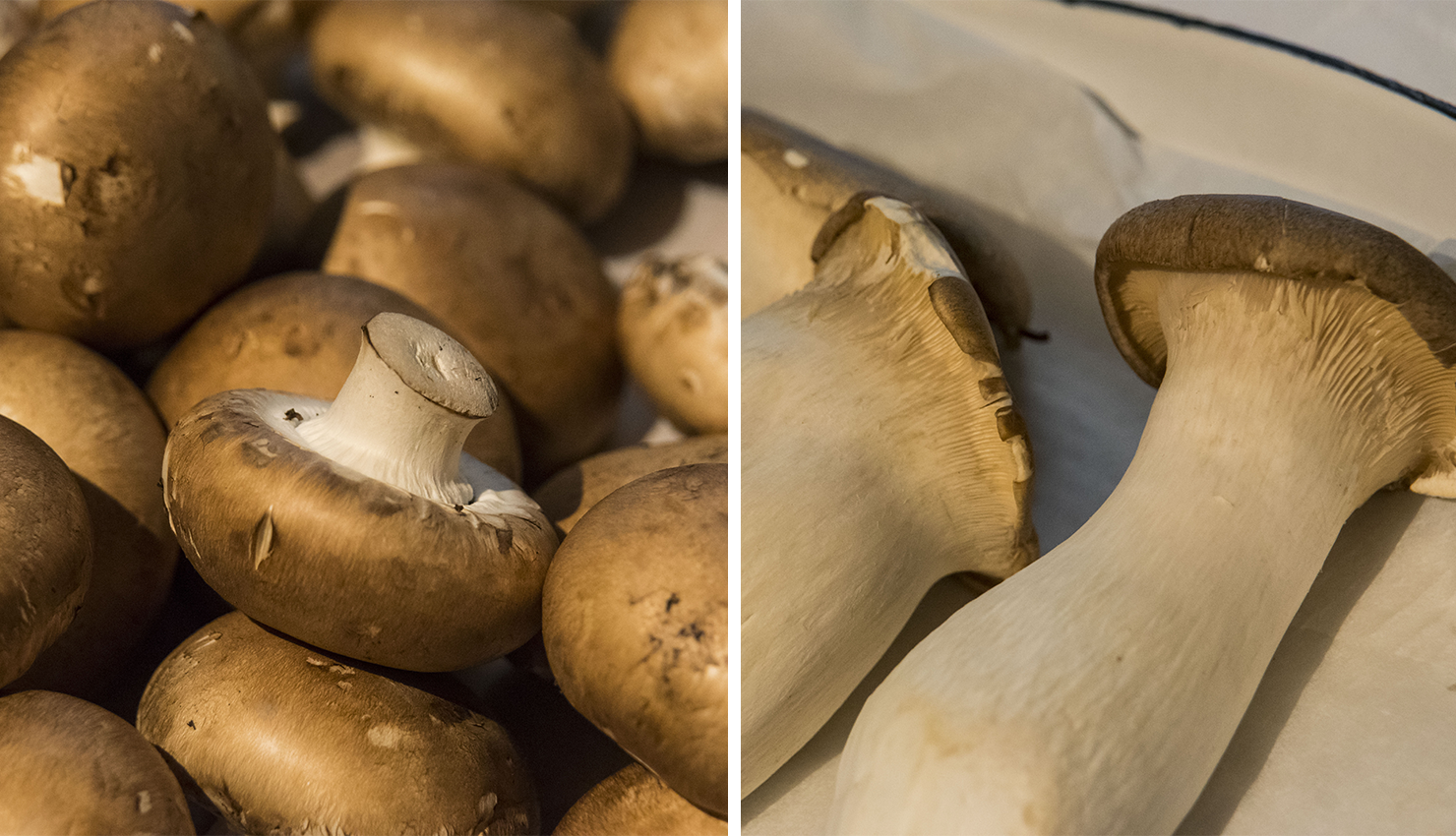Mushrooms cultivated in Europe are a versatile, nutritious, and environmentally friendly food that is increasingly gaining popularity among consumers. This is demonstrated by the promotional campaign “Mushrooms and wild Mushrooms from Europe: a Treasure to Discover”, co-financed by the European Union.
In Europe, 1 million tons of mushrooms are produced annually, with 64% allocated for fresh consumption and 36% for preservation. In the top 3 European producers, Poland leads the list, followed by the Netherlands, while Spain completes the podium in third place.

The aim of the project is to promote the consumption and properties of European mushrooms and fungi, especially among millennials, a demographic seeking healthy and environmentally friendly products. To achieve this, the campaign utilizes various communication channels to disseminate key messages about the benefits of these foods.

The main mushrooms and fungi cultivated in Europe are the white mushroom, oyster mushrooms, shiitake, cardoon mushrooms, and portobello mushrooms.
Some properties of mushrooms include their high water content, which induces a feeling of satiety, low-calorie content, and no cholesterol.
Among the benefits, the following stand out:
- They aid digestion and prevent gastric diseases by strengthening our immune system.
- They are a source of plant protein, fiber, vitamins, and minerals, which contribute to a balanced diet and prevent chronic diseases.
- They are versatile ingredients that can be combined with all kinds of foods and prepared in multiple ways: sautéed, baked, in soups, salads, pizzas, burgers, etc.
- They are an environmentally friendly product, cultivated with low environmental impact, utilizing agricultural by-products, reducing water and energy usage, and generating fewer waste and greenhouse gas emissions.
Furthermore, the variety of mushrooms and fungi produced is highlighted, following the highest standards of food safety and animal welfare. Among the most popular mushrooms and fungi are white mushrooms, portobello mushrooms, oyster mushrooms, shiitake mushrooms, cardoon mushrooms, and poplar mushrooms.
Sustainable Cultivation and Circular Bioeconomy
Focusing nationally, the production of cultivated mushrooms and fungi is distributed between La Rioja and Castilla-La Mancha. Canned mushrooms are imported, but to a very low percentage, as 95% remains in the country, allowing them to be enjoyed in supermarkets. On the other hand, this sector plays a significant role in job creation, especially in rural areas, as well as promoting sustainability. Its production chain stands out for its environmentalism, from cultivation to packaging.

The production of cultivated mushrooms and fungi is an example of a circular bioeconomy. Additionally, 70% of the packaging is recycled, opting for wood and cardboard instead of plastic.
Emilio Rascón, the technician at the Mushroom Research Technological Center (CTICH) in La Rioja, highlights the method for producing cultivated mushrooms and fungi. Depending on large cultivation facilities, it begins by creating compost with agricultural waste. “We use chicken manure, a mixture of feathers, straw, and droppings that provide nutrients for growth,” says Emilio Rascón. Then it is pasteurized and the mycelium is introduced, and it is covered with a thin layer of soil to maintain moisture.
Research and Health Products
In addition to being a beneficial nutritional product for health, cultivated mushrooms and fungi are being researched. For example, researchers at BioDetection Systems in the Netherlands are studying the reuse of components from these fungi to create plastics. In Spain, CTICH is working on the reuse of byproducts generated after cultivation for the pharmaceutical industry.

White mushrooms are the most consumed in Spain, and they have a mild flavor that integrates perfectly into any meal.
Emilio Rascón comments that many research studies are yielding positive results at the medicinal level. Some of these studies focus on the potential benefits of combating prostate and breast cancer, as well as improving the immune system.
- Shiitake mushrooms strengthen the immune system, and through research conducted in Asia, it has been observed that individuals who have undergone chemotherapy, with a diet based on these mushrooms, experience improvements in their immune system, Rascón comments.

Mushrooms and fungi are products that fit into multiple recipes. From the classic risotto, and mushroom croquettes, to a creamy mushroom omelette with mozzarella.
In this way, it has been proven that cultivated mushrooms and fungi are an essential element as they complement our gastronomy and promote sustainability through them. Their positive impact from the land to the table highlights their importance, not only as a gastronomic product but also as a protagonist in preventing diseases.
Mushrooms should never be consumed raw; they should always be given a touch of heat.
Images provided by the mentioned brand.




